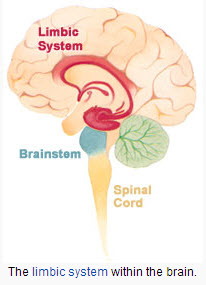New ruling opens door to medical malpractice against cruise lines
 In 2011, the family of 82 year old Pasqualre Vaglio from New York sued a cruise line for medical malpractice after the medical staff on board failed to diagnose a brain injury that would lead to the death of the man a few days later. Medical malpractice lawsuits against cruises have been for a long time impossible to win as cruise lines would use various exemptions created by previous court decisions. One of these exemptions known as “Barbetta” held in 1988 that passengers should not expect the same type of medical care on a ship as on land and ships’ doctors and nurses were private contractors beyond the cruise lines’ direct control. In the recent Vaglio case, a three-judge panel of the 11th U.S. Circuit Court of Appeals – which has jurisdiction over the major Florida-based cruise lines – recently held Barbetta is outdated law. The judges said that the doctors and nurses on the cruise line were wearing the cruise uniforms and were held out as ship employees in the promotional material of the cruise line. They also opined that cruise lines these days have sophisticated ICUs and laboratories. They can video conference with medical experts if necessary.
In 2011, the family of 82 year old Pasqualre Vaglio from New York sued a cruise line for medical malpractice after the medical staff on board failed to diagnose a brain injury that would lead to the death of the man a few days later. Medical malpractice lawsuits against cruises have been for a long time impossible to win as cruise lines would use various exemptions created by previous court decisions. One of these exemptions known as “Barbetta” held in 1988 that passengers should not expect the same type of medical care on a ship as on land and ships’ doctors and nurses were private contractors beyond the cruise lines’ direct control. In the recent Vaglio case, a three-judge panel of the 11th U.S. Circuit Court of Appeals – which has jurisdiction over the major Florida-based cruise lines – recently held Barbetta is outdated law. The judges said that the doctors and nurses on the cruise line were wearing the cruise uniforms and were held out as ship employees in the promotional material of the cruise line. They also opined that cruise lines these days have sophisticated ICUs and laboratories. They can video conference with medical experts if necessary.
Read more in the New York Times
 New York Personal Injury Attorneys Blog
New York Personal Injury Attorneys Blog



 Patients suffering from
Patients suffering from  Often doctors fail to diagnose common variable immune deficiency (CVID). It takes an average of 6 years for patients to receive a correct CVID diagnosis because it is a rare form of immune deficiency that mimics other diseases and causes a variety of disparate ailments. In a
Often doctors fail to diagnose common variable immune deficiency (CVID). It takes an average of 6 years for patients to receive a correct CVID diagnosis because it is a rare form of immune deficiency that mimics other diseases and causes a variety of disparate ailments. In a